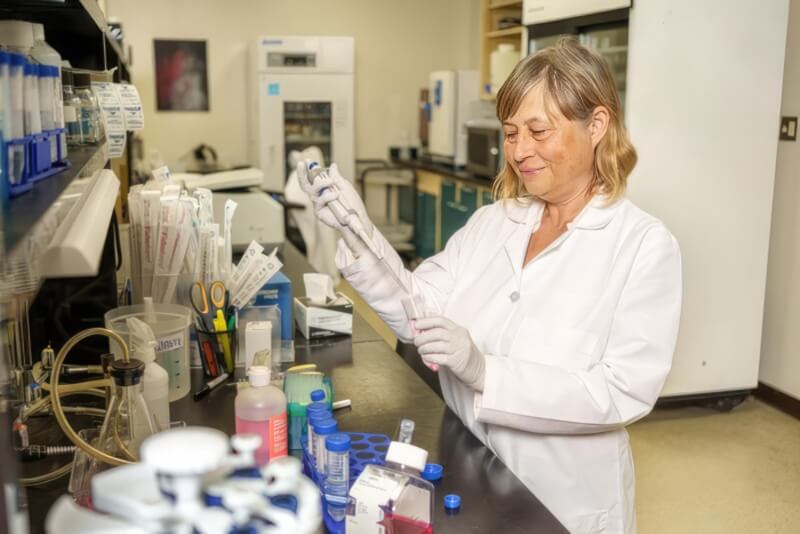Scientists uncover how leishmaniasis, a tropical disease affecting humans and animals, develops resistance to current treatments. The research identified differences in protein production between drug-resistant and sensitive parasites, revealing potential new drug targets.
Leishmaniasis, caused by parasites transmitted through sand fly bites, is a growing concern in 88 countries, especially in South and Central America, the Middle East, and western Asia. Each year sees up to 1 million new cases, putting over 350 million people at risk.
In the pursuit of more effective treatments, a study led by Zemfira Karamysheva, Ph.D., from Texas Tech University and Andrey Karamyshev, Ph.D., from the Texas Tech University Health Sciences Center, analyzed how Leishmania parasites develop resistance to antimonial drugs, which have been the primary treatment for 70 years.
Karamyshev explained that resistance in leishmaniasis is primarily regulated by protein synthesis. “This was the goal of the study: to find out how protein synthesis regulation contributes to the development of antimony resistance. Basically, how do changes in protein production contribute to drug resistance?”
Karamysheva said they conducted comparisons using drug-sensitive and drug-resistant parasites. “We compared how in the resistant parasites, the protein production is different from that of the sensitive parasites,” she stated. The team discovered that drug-resistant parasites have drastically different protein production profiles even without exposure to the drug. “Many, many proteins are produced differently in the drug-resistant parasite, so we basically observed global reprogramming of the protein production; we think this is pre-emptive adaptation,” Karamysheva explained.
This pre-emptive adaptation means the parasites are always ready to resist the drug, with or without exposure. Karamyshev mentioned that parasites equipped with this adaptation “can respond very effectively when they see the drug and do not need to make significant adaptations to respond to the drug presence.”
The study identified 189 proteins that changed expression in drug-resistant parasites treated with the drug, providing 189 potential new drug targets. Future research will focus on the function of these proteins in relation to drug resistance. The team also plans to test FDA-approved drugs that target similar genes in humans for potential repurposing.
“Basically we have the genes which can contribute to drug resistance, and we have these FDA-approved drugs that could potentially target these genes and be repurposed to treat leishmaniasis,” Karamyshev said. “It’s not part of this paper, but this study can serve as a foundation to find the possible drugs that can target the proteins which were specifically expressed or specifically synthesized in our comparisons. And now we know what those proteins are.”
If our reporting has informed or inspired you, please consider making a donation. Every contribution, no matter the size, empowers us to continue delivering accurate, engaging, and trustworthy science and medical news. Independent journalism requires time, effort, and resources—your support ensures we can keep uncovering the stories that matter most to you.
Join us in making knowledge accessible and impactful. Thank you for standing with us!

